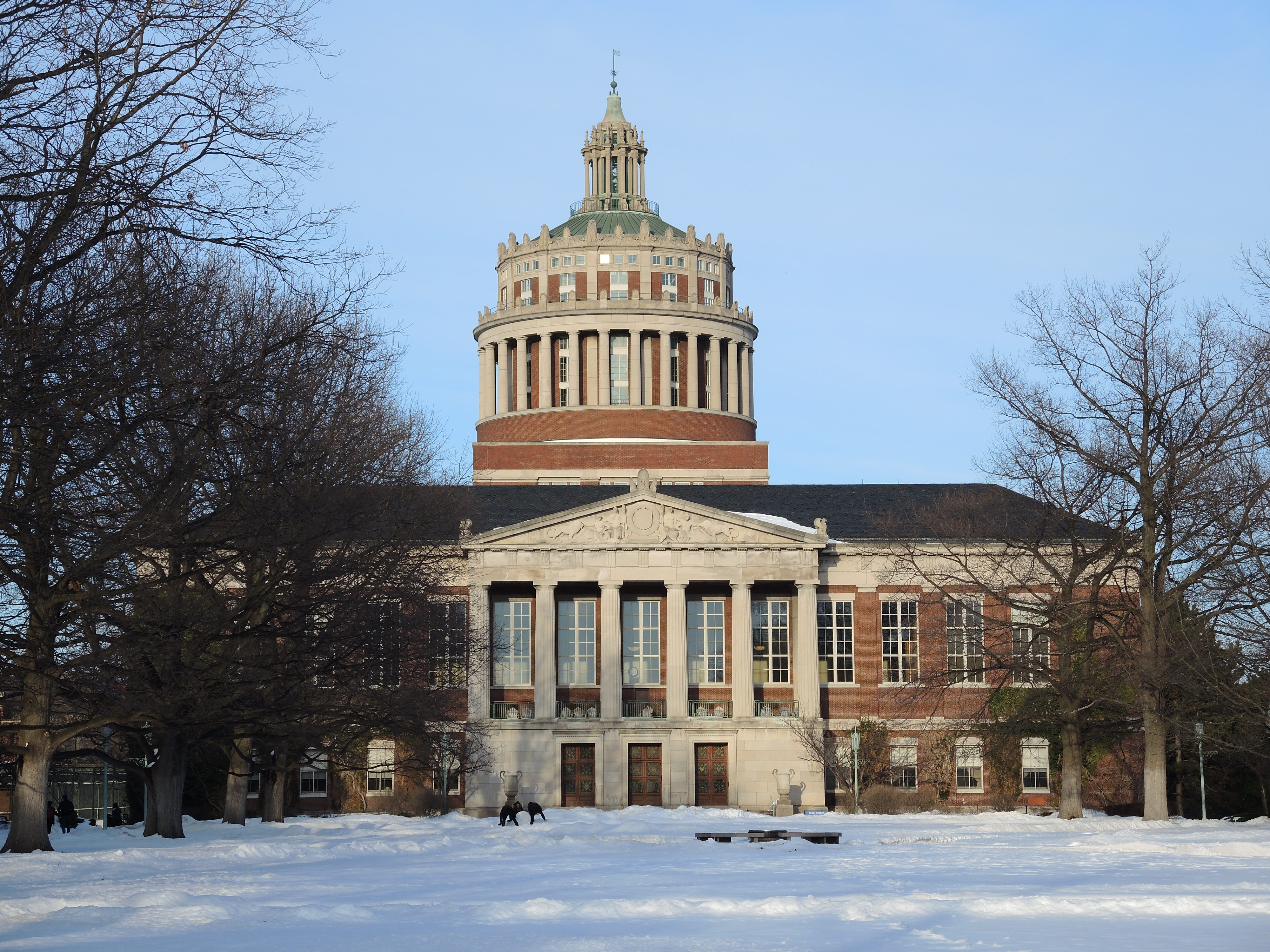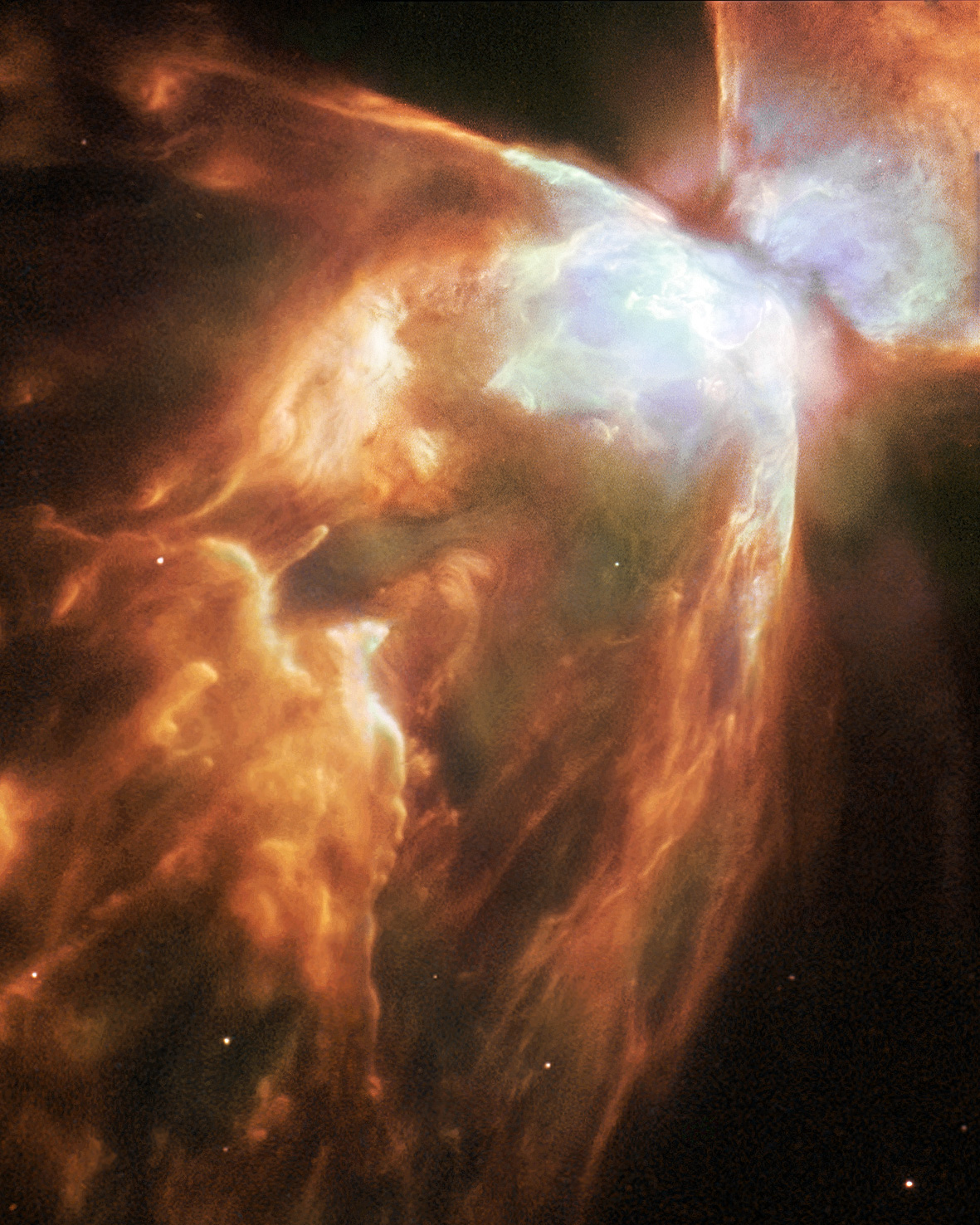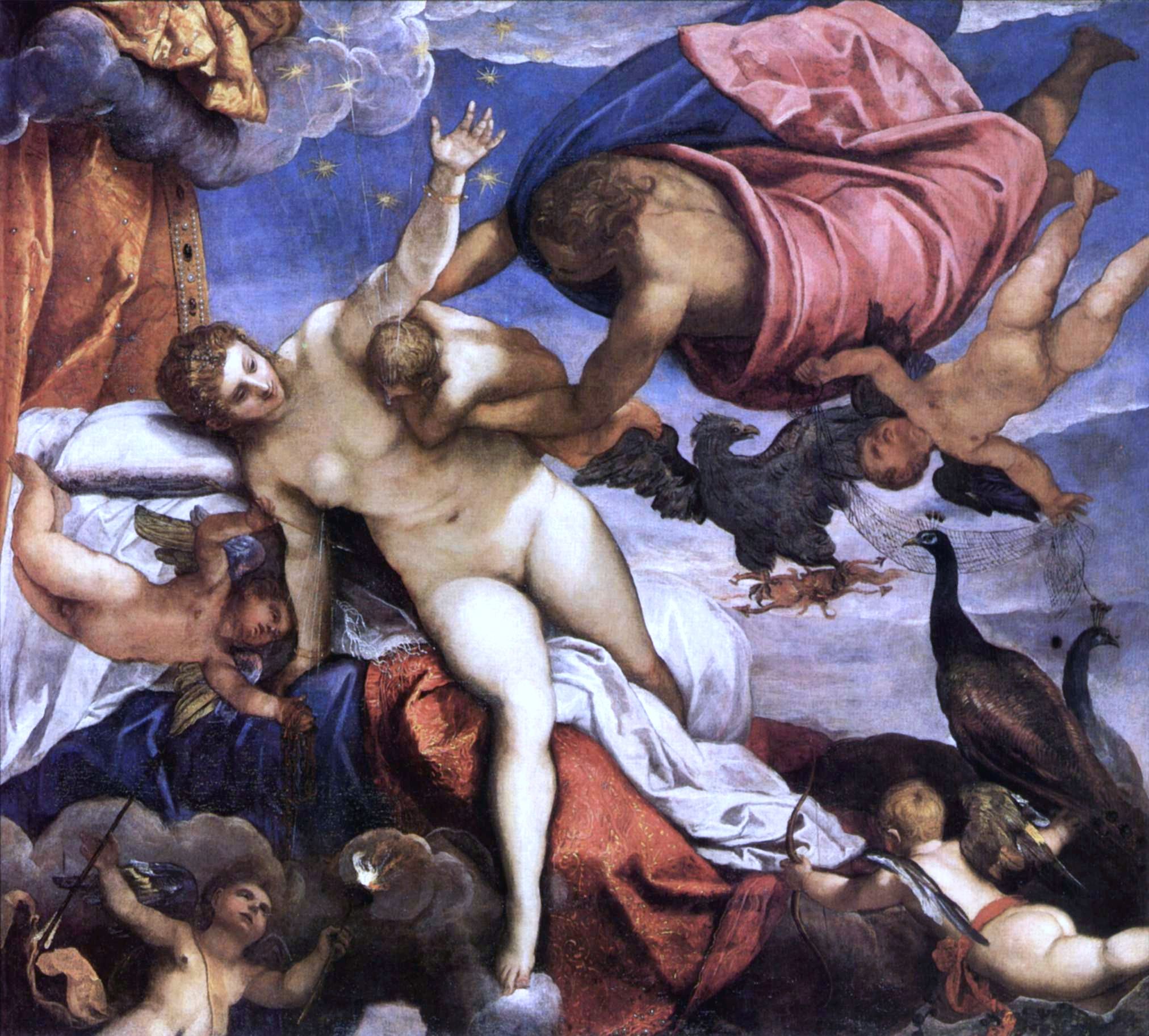|
Stewart Sharpless
Stewart Sharpless (March 29, 1926 – January 19, 2013) was an American astronomer who carried out fundamental work on the structure of the Milky Way galaxy. As a graduate student at Yerkes Observatory he worked under William Morgan with fellow graduate student Don Osterbrock. He helped Harold Johnson and Morgan with calculations used to help define the UBV photometric system. In 1952, Sharpless and Osterbrock published their observations that demonstrated the spiral structure of the Milky Way by estimating the distances to H II regions and young hot stars. For a while Sharpless was at Mount Wilson Observatory where he worked on galaxy photography with Walter Baade and Edwin Hubble. In 1953 Sharpless joined the staff of the United States Naval Observatory Flagstaff Station. Here he surveyed and cataloged H II regions of the Milky Way Galaxy using the images from the Palomar Sky Survey. From this work Sharpless published his catalog of H II regions in two editions, the first i ... [...More Info...] [...Related Items...] OR: [Wikipedia] [Google] [Baidu] |
Astronomer
An astronomer is a scientist in the field of astronomy who focuses their studies on a specific question or field outside the scope of Earth. They observe astronomical objects such as stars, planets, moons, comets and galaxies – in either observational (by analyzing the data) or theoretical astronomy. Examples of topics or fields astronomers study include planetary science, solar astronomy, the origin or evolution of stars, or the formation of galaxies. A related but distinct subject is physical cosmology, which studies the Universe as a whole. Types Astronomers usually fall under either of two main types: observational and theoretical. Observational astronomers make direct observations of celestial objects and analyze the data. In contrast, theoretical astronomers create and investigate models of things that cannot be observed. Because it takes millions to billions of years for a system of stars or a galaxy to complete a life cycle, astronomers must observe snapsh ... [...More Info...] [...Related Items...] OR: [Wikipedia] [Google] [Baidu] |
Cambridge University Press
Cambridge University Press is the university press of the University of Cambridge. Granted letters patent by Henry VIII of England, King Henry VIII in 1534, it is the oldest university press in the world. It is also the King's Printer. Cambridge University Press is a department of the University of Cambridge and is both an academic and educational publisher. It became part of Cambridge University Press & Assessment, following a merger with Cambridge Assessment in 2021. With a global sales presence, publishing hubs, and offices in more than 40 Country, countries, it publishes over 50,000 titles by authors from over 100 countries. Its publishing includes more than 380 academic journals, monographs, reference works, school and university textbooks, and English language teaching and learning publications. It also publishes Bibles, runs a bookshop in Cambridge, sells through Amazon, and has a conference venues business in Cambridge at the Pitt Building and the Sir Geoffrey Cass Spo ... [...More Info...] [...Related Items...] OR: [Wikipedia] [Google] [Baidu] |
2013 Deaths
This is a list of deaths of notable people, organised by year. New deaths articles are added to their respective month (e.g., Deaths in ) and then linked here. 2022 2021 2020 2019 2018 2017 2016 2015 2014 2013 2012 2011 2010 2009 2008 2007 2006 2005 2004 2003 2002 2001 2000 1999 1998 1997 1996 1995 1994 1993 1992 1991 1990 1989 1988 1987 See also * Lists of deaths by day * Deaths by year {{DEFAULTSORT:deaths by year ... [...More Info...] [...Related Items...] OR: [Wikipedia] [Google] [Baidu] |
University Of Rochester Faculty
A university () is an institution of higher (or tertiary) education and research which awards academic degrees in several academic disciplines. ''University'' is derived from the Latin phrase ''universitas magistrorum et scholarium'', which roughly means "community of teachers and scholars". Universities typically offer both undergraduate and postgraduate programs. The first universities in Europe were established by Catholic Church monks. The University of Bologna (), Italy, which was founded in 1088, is the first university in the sense of: *being a high degree-awarding institute. *using the word ''universitas'' (which was coined at its foundation). *having independence from the ecclesiastic schools and issuing secular as well as non-secular degrees (with teaching conducted by both clergy and non-clergy): grammar, rhetoric, logic, theology, canon law, notarial law.Hunt Janin: "The university in medieval life, 1179–1499", McFarland, 2008, , p. 55f.de Ridder-Symoens, Hil ... [...More Info...] [...Related Items...] OR: [Wikipedia] [Google] [Baidu] |
American Astronomers
American(s) may refer to: * American, something of, from, or related to the United States of America, commonly known as the "United States" or "America" ** Americans, citizens and nationals of the United States of America ** American ancestry, people who self-identify their ancestry as "American" ** American English, the set of varieties of the English language native to the United States ** Native Americans in the United States, indigenous peoples of the United States * American, something of, from, or related to the Americas, also known as "America" ** Indigenous peoples of the Americas * American (word), for analysis and history of the meanings in various contexts Organizations * American Airlines, U.S.-based airline headquartered in Fort Worth, Texas * American Athletic Conference, an American college athletic conference * American Recordings (record label), a record label previously known as Def American * American University, in Washington, D.C. Sports teams Soccer ... [...More Info...] [...Related Items...] OR: [Wikipedia] [Google] [Baidu] |
University Of Rochester
The University of Rochester (U of R, UR, or U of Rochester) is a private university, private research university in Rochester, New York. The university grants Undergraduate education, undergraduate and graduate degrees, including Doctorate, doctoral and professional degrees. The University of Rochester enrolls approximately 6,800 undergraduates and 5,000 graduate students. Its 158 buildings house over 200 academic majors. According to the National Science Foundation, Rochester spent more than $397 million on research and development in 2020, ranking it 66th in the nation. With approximately 28,000 full-time employees, the university is the largest private employer in Upstate New York and the 7th largest in all of New York (state), New York State. The University of Rochester College of Arts Sciences and Engineering, College of Arts, Sciences, and Engineering is home to departments and divisions of note. The Institute of Optics was founded in 1929 through a grant from Eastm ... [...More Info...] [...Related Items...] OR: [Wikipedia] [Google] [Baidu] |
Sharpless Catalog
The Sharpless catalog is a list of 313 H II regions (emission nebulae) intended to be comprehensive north of declination −27°. (It does include some nebulae south of that declination as well.) The first edition was published in 1953 with 142 objects (Sh1), and the second and final version was published by US astronomer Stewart Sharpless in 1959 with 312 objects. Sharpless also includes some planetary nebulae and supernova remnants, in addition to H II regions. In 1953 Stewart Sharpless joined the staff of the United States Naval Observatory Flagstaff Station, where he surveyed and cataloged H II regions of the Milky Way using the images from the Palomar Sky Survey. From this work Sharpless published his catalog of H II regions in two editions: the first in 1953, with 142 nebula; and the second and final edition in 1959, with 312 nebulae.Stewart SharplessA Catalogue of H II Regions ''Astrophysical Journal'' Supplement, vol. 4, p.257, 1959 Sharpless coordina ... [...More Info...] [...Related Items...] OR: [Wikipedia] [Google] [Baidu] |
Astrophysical Journal
''The Astrophysical Journal'', often abbreviated ''ApJ'' (pronounced "ap jay") in references and speech, is a peer-reviewed scientific journal of astrophysics and astronomy, established in 1895 by American astronomers George Ellery Hale and James Edward Keeler. The journal discontinued its print edition and became an electronic-only journal in 2015. Since 1953 ''The Astrophysical Journal Supplement Series'' (''ApJS'') has been published in conjunction with ''The Astrophysical Journal'', with generally longer articles to supplement the material in the journal. It publishes six volumes per year, with two 280-page issues per volume. ''The Astrophysical Journal Letters'' (''ApJL''), established in 1967 by Subrahmanyan Chandrasekhar as Part 2 of ''The Astrophysical Journal'', is now a separate journal focusing on the rapid publication of high-impact astronomical research. The three journals were published by the University of Chicago Press for the American Astronomical Society un ... [...More Info...] [...Related Items...] OR: [Wikipedia] [Google] [Baidu] |
Palomar Sky Survey
Palomar may refer to: Places * Any of several locations in San Diego County, California: ** Palomar Mountain ** Palomar Observatory, located on Palomar Mountain ** Palomar College in San Marcos, California ** Palomar Medical Center in Escondido, California ** Palomar Airport, officially McClellan-Palomar Airport, in Carlsbad, California * El Palomar, Buenos Aires, a city in Argentina ** El Palomar (airbase), Argentina * El Palomar, Valencia, a municipality in Spain * Palomar de Arroyos, a town in Aragón, Spain Music * Palomar (band), a band from Brooklyn, New York * Palomar, a band formed by three members of Paw * "Palomar", a 1992 song by the Rheostatics from '' Whale Music'' Other uses * ''Palomar'' (comics), a 2003 graphic novel by Gilbert Hernandez * Palomar Ballroom, in Los Angeles, California * Palomar Handicap, a horse race * Palomar knot * Palomar Pictures, a subsidiary of ABC Pictures People with the surname * Arnau de Palomar (fl. c. 1150), Catalan nobleman ... [...More Info...] [...Related Items...] OR: [Wikipedia] [Google] [Baidu] |
United States Naval Observatory Flagstaff Station
The United States Naval Observatory Flagstaff Station (NOFS), is an astronomical observatory near Flagstaff, Arizona, US. It is the national dark-sky observing facility under the United States Naval Observatory (USNO). NOFS and USNO combine as the Celestial Reference Frame manager for the U.S. Secretary of Defense. General information The Flagstaff Station is a command which was established by USNO (due to a century of eventually untenable light encroachment in Washington, D.C.) at a site west of Flagstaff, Arizona in 1955, and has positions for primarily operational scientists (astronomers and astrophysicists), optical and mechanical engineers, and support staff. NOFS science supports every aspect of positional astronomy to some level, providing national support and beyond. Work at NOFS covers the gamut of astrometry and astrophysics in order to facilitate its production of accurate/precise astronomical catalogs. Also, owing to the celestial dynamics (and relativistic ... [...More Info...] [...Related Items...] OR: [Wikipedia] [Google] [Baidu] |
Edwin Hubble
Edwin Powell Hubble (November 20, 1889 – September 28, 1953) was an American astronomer. He played a crucial role in establishing the fields of extragalactic astronomy and observational cosmology. Hubble proved that many objects previously thought to be clouds of dust and gas and classified as "nebulae" were actually galaxies beyond the Milky Way. He used the strong direct relationship between a classical Cepheid variable's luminosity and pulsation period (discovered in 1908 by Henrietta Swan Leavitt) for scaling galactic and extragalactic distances. Hubble provided evidence that the recessional velocity of a galaxy increases with its distance from the Earth, a property now known as "Hubble's law", although it had been proposed two years earlier by Georges Lemaître. The Hubble law implies that the universe is expanding. A decade before, the American astronomer Vesto Slipher had provided the first evidence that the light from many of these nebulae was strongly red-shifte ... [...More Info...] [...Related Items...] OR: [Wikipedia] [Google] [Baidu] |
Milky Way
The Milky Way is the galaxy that includes our Solar System, with the name describing the galaxy's appearance from Earth: a hazy band of light seen in the night sky formed from stars that cannot be individually distinguished by the naked eye. The term ''Milky Way'' is a translation of the Latin ', from the Greek ('), meaning "milky circle". From Earth, the Milky Way appears as a band because its disk-shaped structure is viewed from within. Galileo Galilei first resolved the band of light into individual stars with his telescope in 1610. Until the early 1920s, most astronomers thought that the Milky Way contained all the stars in the Universe. Following the 1920 Great Debate between the astronomers Harlow Shapley and Heber Curtis, observations by Edwin Hubble showed that the Milky Way is just one of many galaxies. The Milky Way is a barred spiral galaxy with an estimated D25 isophotal diameter of , but only about 1,000 light years thick at the spiral arms (more at the ... [...More Info...] [...Related Items...] OR: [Wikipedia] [Google] [Baidu] |






